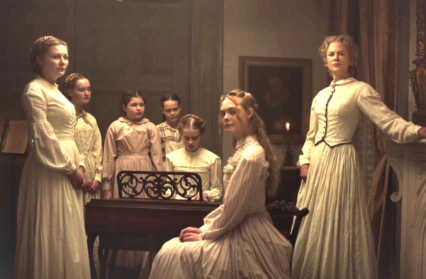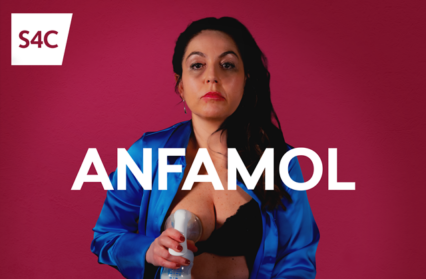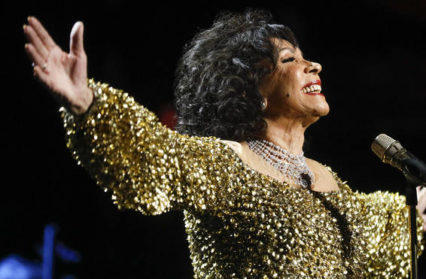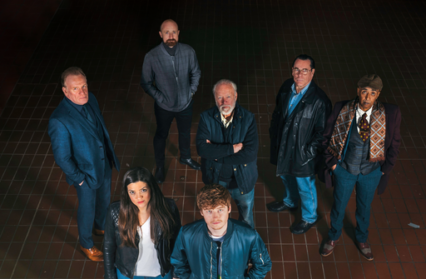Siobhan Denton reviews Sofia Coppola’s The Beguiled, a film which tackles the transition from girlhood to adulthood.
There can be no denying Sofia Coppola’s status as an auteur. Even her detractors, who critique her perceived laconic pacing and dreamy aesthetic, testify to her unique vision. A Sofia Coppola film is instantly identifiable from a single frame, and that should not be underestimated. Coppola has always has a clear concept of what she wants to create. Her latest effort, The Beguiled, using the original source text as well as the 1971 adaptation as inspiration, is no exception.
Set in the Antebellum South, The Beguiled, while adhering to Coppola’s long-established aesthetic, is a marked departure in both tone and sound. Frequently veering into melodrama, the film demonstrates a clear progression in Coppola’s direction.
Miss Martha Farnsworth (a tremulous Nicole Kidman) is, despite the close proximity of battle with regular gunshots and cannon fire providing the background sound, determined to continue to run her school. While many of the children have left, five, along with fellow teacher Miss Edwina (Kirsten Dunst) continue to tend the house, gardens, and attend lessons. While collecting mushrooms, young Amy (Oona Laurence) discovers deserter Corporal John McBurney (Colin Farrell), injured and close to death. Amy, despite her knowledge of his Union affiliation, aids him, inviting him to the school house to recuperate.
His appearance immediately sparks interest from the chorus of women. While they recognise that they should make his existence known to the Confederates, they opt to nurse him back to health first. Attributing this decision to good Christian charity, they move him into the house, performatively locking him away on the pretence of keeping a distance. Initially McBurney, recognising the effect his habitation is having on the women and girls, revels in his position. While his wounds are tended to, he attempts to seduce his way into the affections of the various women and girls. Telling Amy secretively that she is his best friend, and confessing his desire for Edwina, it is clear that he has no intention of returning to the army. It is this intention that provides the catalyst for the later events of the narrative, with the characters straying into moments of hysteria and desperation.
There has, and rightly so, been focus on the omission of characters of colour that appear in both the novel and the original adaptation. Coppola’s defence, stating that she did not wish to depict slaves onscreen to impressionable fans, is weak given the dearth of roles for people of colour. This issue has been discussed at length online, and has been done so by those far more qualified. This is an issue that should be highlighted and one should not view the film without nothing this rather explicit exclusion.
The ever underrated Farrell, as the charming yet vulnerable McBurney, is perfectly cast. Farrell is able to balance charm and charisma with sexuality, and it is entirely believable that both the girls of the school and the teaching staff are all equally seduced by him. His easy patter with Amy, the youngest of the girls, makes the viewer believe in his good intentions, while his desire for Miss Edwina is obsequious, ensuring that we are never truly aware of his true nature, much like the inhabitants of the school house, who flit between fear and desire for him.
Kidman, who is enjoying something of a renaissance with her career after the accolades for Big Little Lies, as well as her performance in The Others is excellent. Her determination to protect the girls, while battling with her attraction to McBurney is engaging, and her state – of a woman holding everything together – is one that Kidman always excels with. Dunst, reliable as ever, is afforded the opportunity to demonstrate her ability to depict emotion and feeling through gesture and facial expression alone, and her feelings of imprisonment are tangible.
On the surface, The Beguiled may appear superficial. Coppola’s films often find themselves the target of such accusations, and despite the quality and thoughtfulness of her work, her body of work is often perceived as dealing with issues that lack in weight and are therefore supposedly not deserving of attention. Much of this discourse is objectively gendered, and despite the obvious nepotism afforded by being a Coppola, Sofia’s work is often, entirely wrongly, compared with the supposedly more intellectual work of her father. But her films, in focusing on the transition of girlhood to adulthood, emphasise the difficulty with which women have in negotiating the world.
It is notable in The Beguiled that the film’s narrative largely takes place in communal, domesticated areas. We see the characters in the kitchen, the garden, the music room, and, much like McBurney, never truly get a sense of the space of the house. Coppola often deals with space in her films, and much critical discussion has focused on her use of communal and private space. Here, McBurney is only afforded access to these very female spaces while under lock and key.
The Beguiled, with its use of almost entirely diegetic sound marks a clear change in style for Coppola, and I look forward to seeing her continue to develop and add to her already impressive body of work. While it is unlikely to win over any who already perceive Coppola’s work as languorous, those who admire her work will certainly not be disappointed. Creating some rather beautiful imagery, the framing and colour palette help to create a lasting impression.












